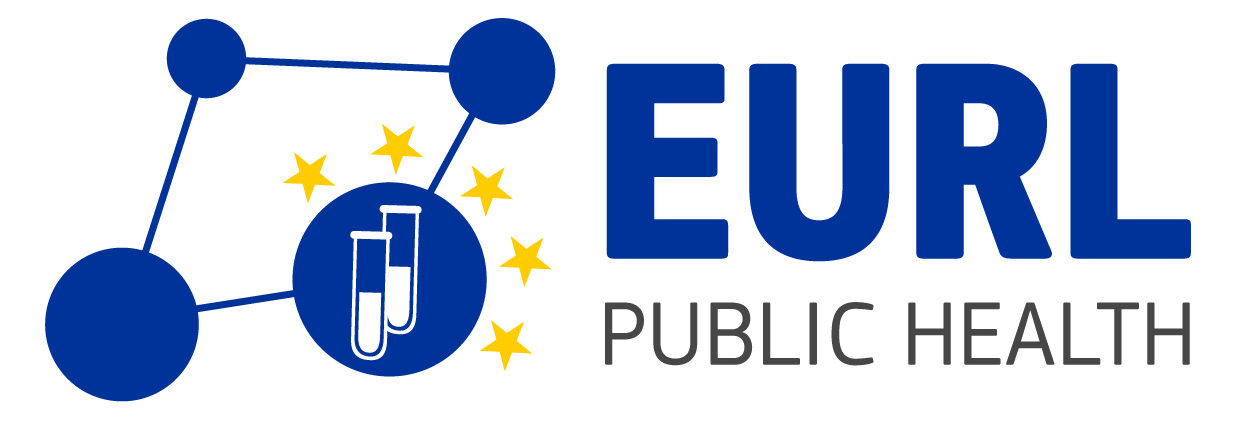Why?
Diphtheria is a re-emerging infectious disease in many parts of the world including Europe and the EU/EEA (as recently seen during a European outbreak among migrants leading to a Rapid Risk Assessment by the ECDC. Due to its relative rareness after the introduction of the DTP vaccination and its subsequent status as a neglected infectious disease, diagnostic know how and capacities (including availability of diphtheria antitoxin (DAT) both for diagnostic and therapeutic purposes) have been lost in many parts of the world, both in high income and low endemicity as well as in low- and middle-income countries. Therefore, a continuous observation of the diagnostic capacities within the EU is highly needed. The last gap analysis on securing diphtheria diagnostic capacity and diphtheria antitoxin availability in the EU/EEA was published in 2017. Several gaps were identified, esp. with respect to training and lab-based diphtheria surveillance including toxigenicity testing (both PCR and esp. Elek testing), molecular typing, DAT and Corynebacteria-special media/reagents availability and lack of national/EU/EEA diagnostic guidelines.
What will be done
We will perform a gap analysis in year 1 (and repeat a second gap analysis in year 6 reflecting the results of the first gap analysis and the subsequent Diphtheria EQAs) to assess the current microbiological capability for the laboratory diagnosis of diphtheria in the EU/EEA, based on the results of the 2017 ECDC gap analysis. For comparability of results the previous questionnaire will be used and additionally adapted to previously identified gaps, e.g. diagnostic capacities and rapidness for obtaining test results, as well as newer developments in the diagnostic field, esp. referring to the molecular diagnostic and genome-based typing capacities in the member states and the available typing methods.


